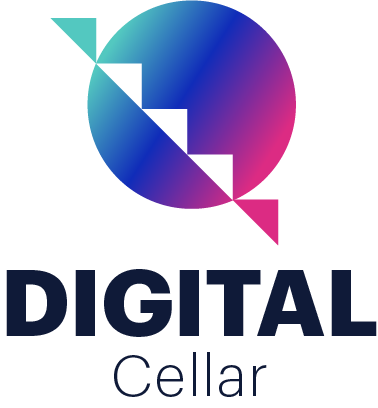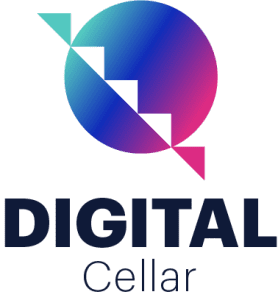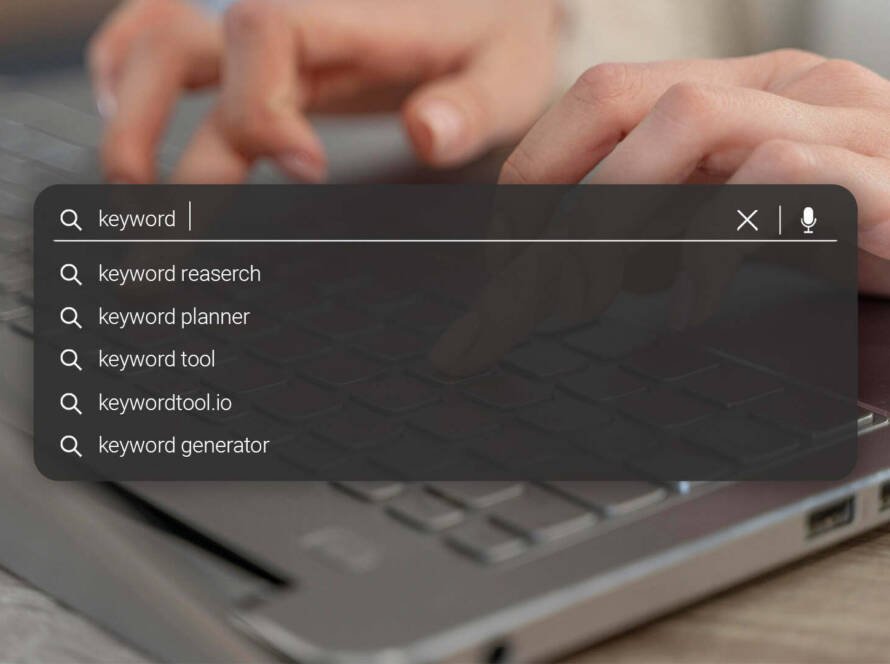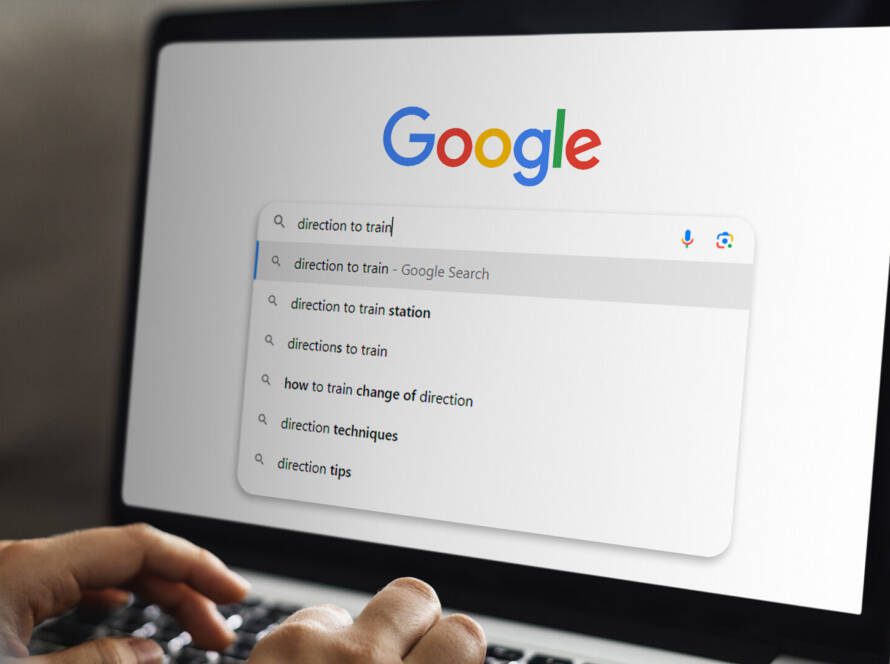Having issues with your content not getting clicked by users can be stressful. Have you ever wondered, if it might be your meta description does not shout out your point? Meta descriptions often to be overlooked yet incredibly important because surprisingly, they can boost your organic traffic to your website.
First, we are going to break down all the explanations of meta descriptions and CTR to give a clearer context.
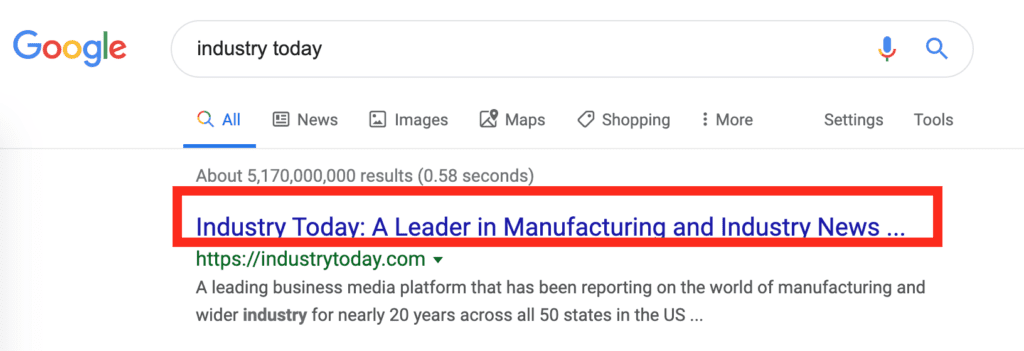
Meta Title is the title of an HTML document that appears on search engine results and the page’s browser tab. It is most likely the headlines of your web pages in the eyes of search engines and users. They are the clickable titles that can be found in search engine results, and they play a crucial role in both SEO (Search Engine Optimisation) and your site’s Click-Through Rate (CTR). In summary, they need to be clear, accurate, and enticing, using relevant keywords to improve visibility and CTR.

A Meta Description is an HTML tag that summarises a whole web page’s content. The ideal purpose is to give search engine users a “sneak peek” of what to expect before they decide to click or not. This is your chance to make a great first impression in search results. Meta descriptions appear in search engine result pages (SERPs) below the page title and URL, usually displayed as a snippet of text, with a limitation of approximately 160 character count. At this point, you have to make it very convincing for someone to click on your website instead of the others.
Now, let’s talk about CTR, which stands for Click-Through Rate. CTR measures how often people see your webpage in the search results and end up clicking on it. In this case, imagine you’re handing out flyers for a concert. If 100 people take your flyer, but only 10 come to the concert, your CTR is 10%.
Optimizing meta titles and meta descriptions to increase your Click-Through Rate (CTR) can be seen as putting the perfect bait on a fishing line. You want to hook those Googlers and reel them into your website.

Guide to Create a Brilliant Meta Title
- Aim for a length of 50-60 characters. Keep it snappy and clear! Any longer, and search engines might chop off the end. You want the whole title to show up in search results.
- Put your most important keywords towards the beginning of the title. People tend to notice the first few words more. If you’re baking cakes, and ‘chocolate cake recipe’ is your keyword, you can start with that.
- Think about what your target audience is looking for. Your title should make it crystal clear that your page has exactly what they need. If they’re looking for specific content and your page offers that, make sure it’s reflected in your title.
- Be descriptive! You want to intrigue and attract, not mislead. Ensure your title accurately reflects the content of your page. If people click and don’t find what they expect, they’ll bounce right back.
- Include your brand name if it adds value. If you’ve got a well-known brand, drop it in at the end of the title (e.g., ‘Easy Chocolate Cake Recipe | Mary’s Bakery’). It can add trust and recognition.
- Add a Unique Selling Proposition (USP) or value proposition. Also if there’s room, include what makes your page special. Perhaps it’s ‘in under 30 minutes’ or ‘with no special equipment needed’. This can be a real click-magnet.
- If appropriate, be emotionally engaging. Use powerful words or emotional triggers that resonate with your audience. Words like ‘Ultimate’, ‘Easy’, ‘Quick’, and ‘Free’ can make a big difference.
- Test and refine. Try different titles and see what works best. Use tools like Google Search Console to track changes in your CTR.

Guide to Make Your Meta Descriptions Irresistible
- Keep it the right length. Aim for about 155-160 characters. Too short, and you might not say enough; too long, and Google will cut it off.
- Using the active voice is great! Make your description dynamic. Use action words like ‘Discover,’ ‘Learn,’ or ‘Grab.’ it seems like a friendly nudge to the reader to do something.
- Include a Call-to-Action (CTA). You know those infomercials that say, “Call now!”? Do something similar. Use phrases like “Find out more,” “Get started,” or “Join us today.” It’s a gentle push towards clicking.
- Identify and incorporate your primary keywords. It helps to write compelling and relevant meta descriptions. Adding your primary keywords helps if someone searches for a certain keyword and you include it in your meta description. It’ll be highlighted! You make yourself a free shout-out for: “Hey, this is exactly what you’re looking for!” You can also use keyword research tools like Google Keyword Planner, SEMrush, or Ahrefs to inspire you to find relevant keywords.
- Always make it match your content. Your meta description should be like a mini-preview of your page’s content. No clickbait! It’s about setting the right expectations.
- Show benefits or value to tell the reader what’s in it for them. If your page is about a cooking recipe, mention the delicious outcome or quick prep time.
- Vague descriptions are a no-go. Be Specific and Relevant. Be clear about what the page offers. If it’s a product page, mention what makes the product special.
- Craft some creative words. Don’t just copy and paste the same meta description across your site. Use some unique descriptions for each page. Tailor each one to match the specific content of it.
- Spark curiosity! Sometimes, leaving a bit of mystery or asking a question can encourage clicks. Try, “What’s the secret ingredient to our perfect chocolate cake? Find out here.”
If you have done all of those tips, sit back, monitor and adjust. Check your CTR in Google Search Console. If some pages aren’t getting enough clicks, try tweaking their meta descriptions.
Examples of Meta Descriptions that Boost CTR
Product Page Example
Meta Description: “Discover our exclusive range of eco-friendly yoga mats. Non-slip, beautifully designed, and perfect for all yoga styles. Free shipping for orders over $50!”
Why it works? It’s specific (eco-friendly yoga mats), highlights key features (non-slip, beautifully designed), and includes an enticing offer (free shipping).
Blog Post Example
Meta Description: “Struggling with weeknight dinners? This blog post offers 10 quick and healthy recipes that will transform your evenings. Say goodbye to takeout and hello to tasty!”
This works like a charm because it addresses a common problem (struggling with weeknight dinners), offers a solution (10 quick recipes), and promises a desirable outcome (healthy eating, saving money on takeout).
Service Page Example
Meta Description: “Revamp your online presence with our expert web design services. Customizable, mobile-friendly designs that capture your brand’s essence. Get a free quote today!”
This is an example of a simple and clear description upfront of the services that you offer, such as web design, the benefits (customizable, mobile-friendly), and a call-to-action (get a free quote).
E-commerce Category Page Example
Meta Description: “Explore our winter collection! Cosy sweaters, warm jackets, and stylish boots to keep you looking fashionable in the cold. Seasonal discounts on select items!”
Who can resist checking out a new fresh seasonal collection? Also, it contains descriptive (types of clothing) and includes an incentive (seasonal discounts).
Local Business Example
Meta Description: “Best Italian restaurant in downtown Chicago. Authentic pasta, wood-fired pizzas, and a romantic ambience. Reserve a table now and taste the difference!”
It specifies the business type and location, highlights unique selling points (authentic pasta, wood-fired pizzas), and includes a CTA (reserve a table).
All of these examples work because they’re clear, offer specific benefits or solutions, and include a call-to-action that encourages clicks. Think of your meta description as a mini-advertisement for your webpage. You’ve got a limited space to show value and spark interest, so make every word count!
In conclusion, boosting your Click-Through Rate (CTR) through well-crafted meta titles and descriptions is a crucial aspect of SEO that can significantly enhance your online visibility and drive more traffic to your website. It’s about striking the right balance between being informative, engaging, and relevant, ensuring that each meta title and description acts like a compelling invitation to potential visitors.
If this sounds a bit overwhelming, don’t worry! The Digital Cellar is here to help. As an experienced digital marketing agency, we specialise in fine-tuning the nuances of SEO, including the art of crafting meta titles and descriptions that resonate with your target audience. Our expertise can help elevate your discoverability, ensuring that your website ranks well and attracts the right clicks. Partner with us at The Digital Cellar, and let’s unlock the full potential of your online presence together!
